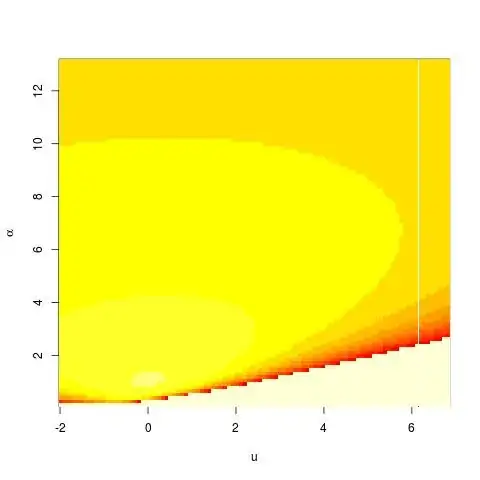I will prove a more general result: if a density is log-concave, then
the log-likelihood of the corresponding location-scale family has a
global maximum. The wanted result then follows,
since the Gumbel density is log-concave.
Consider a univariate density $f^\star(y)$ which is log-concave and
smooth on the real line; the parameterized density using the location $\mu$ and the
scale $\alpha >0$ is
$$
f(x;\,\mu,\,\alpha) := \frac{1}{\alpha} \, f^\star\left(\frac{x - \mu}{\alpha}\right).
$$
We can use the following alternative parameter vector $[\nu,\,\beta]$
with $\beta >0$
$$
\beta := 1 / \alpha, \qquad \nu := - \mu / \alpha.
$$
We have a one-to-one smooth transformation $[\mu,\,\alpha] \mapsto [\nu,\,\beta]$. Using the parameter vector $[\nu,\,\beta]$, the density at $x$ writes as $\beta\,f^\star(\beta x + \nu)$ and the log-likelihood for a sample $X_i$ is
$$
\log L = \sum_{i=1}^N \log\{ \beta \, f^\star(\beta X_i + \nu) \}.
$$
It is clear that this is a concave function of the vector
$[\nu,\,\beta]$ and hence that a global maximum exists (possibly for
infinite $\nu$ or $\beta$). But this implies that a global maximum
exists as well for the location-scale parameterization
$[\mu,\,\alpha]$.
